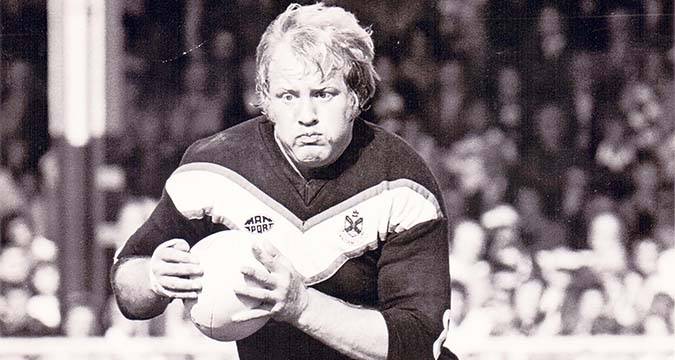 Having signed from Crosfields, a teenage Roy Lester made his Leigh debut in 1967 and went on to spend ten seasons at Hilton Park. He moved to his beloved Warrington in 1976 before becoming Fulham’s first signing in 1980.
After four seasons as a player, he coached the London side and later spent two years in the hot seat at Carlisle.
If you
Having signed from Crosfields, a teenage Roy Lester made his Leigh debut in 1967 and went on to spend ten seasons at Hilton Park. He moved to his beloved Warrington in 1976 before becoming Fulham’s first signing in 1980.
After four seasons as a player, he coached the London side and later spent two years in the hot seat at Carlisle.
If you Rugby League Heroes: Roy Lester
 Having signed from Crosfields, a teenage Roy Lester made his Leigh debut in 1967 and went on to spend ten seasons at Hilton Park. He moved to his beloved Warrington in 1976 before becoming Fulham’s first signing in 1980.
After four seasons as a player, he coached the London side and later spent two years in the hot seat at Carlisle.
If you
Having signed from Crosfields, a teenage Roy Lester made his Leigh debut in 1967 and went on to spend ten seasons at Hilton Park. He moved to his beloved Warrington in 1976 before becoming Fulham’s first signing in 1980.
After four seasons as a player, he coached the London side and later spent two years in the hot seat at Carlisle.
If you 